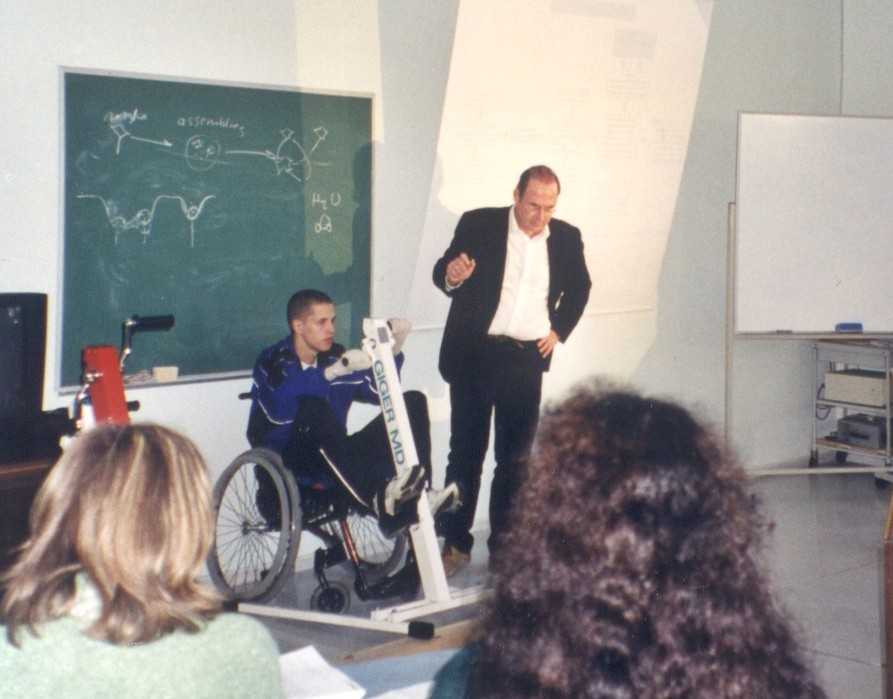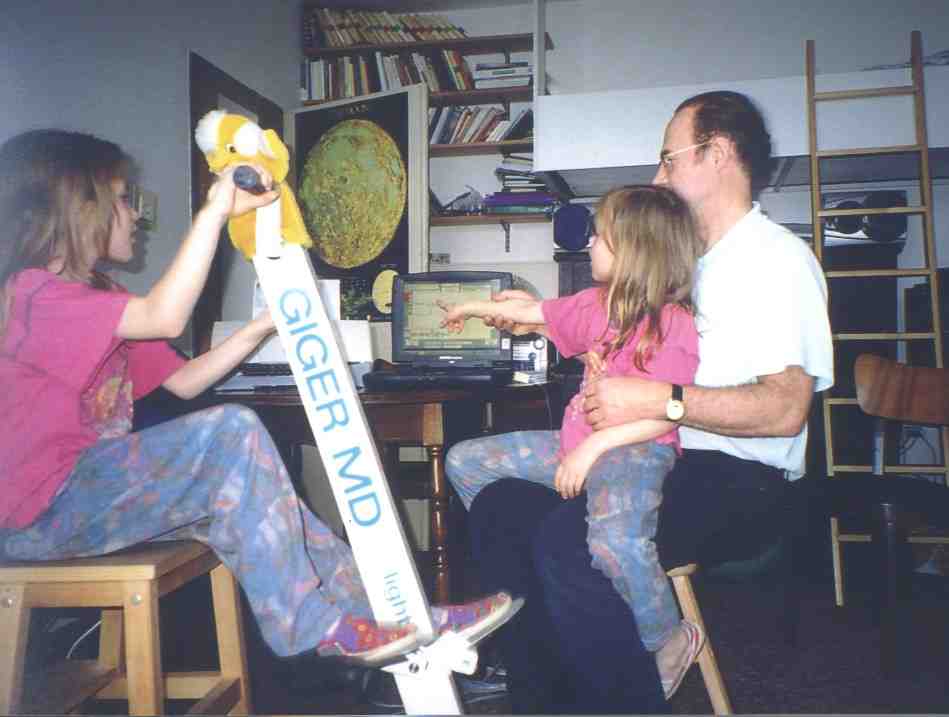|
|
NEUROTHERAPY Introduction |
|
(For detailed information, download the PDF file Schalow-Neurotherapy)
Coordination dynamics therapy was introduced by Giselher Schalow in 1998 [1-3] for functional and structural repair of the lesioned or malfunctioning human central nervous system (CNS).
This mainly movement therapy improves (1) the self-organization of the neuronal networks of the CNS for functional repair by exercising extremely exact coordinated arm and leg movements on a special device and, in turn, the coordinated firing (with respect to time and space) of the many billions of neurons of the human CNS. (2) Structural repair is achieved by training automatisms like creeping, crawling, walking and running and by forcing the ‘adaptive machine’ CNS to adapt by pushing the patient to the limits during exercising.
This progress in neurotherapy became possible because of a few new developments in human neurosciences as building of new nerve cells from stem cells in the adult human CNS (structural repair, [4]), the finding that the human CNS is organizing itself by phase and frequency coordination of nerve cells in the CNS [5] (coordination dynamics on the neuron level) and the description of CNS organization with ongoing time by the coordination dynamics of arm, leg and finger functions, i.e. describing the integrative functions of the human CNS by a few collective variables [6]. The successful partial repair of the lesioned CNS in more than 100 patients leads to the assumption that every CNS can substantially be improved in its functioning in a natural way. All repair mechanisms are present in the human body. Basic human research has to find out how to activate these natural repair mechanisms. Selected publications
|


